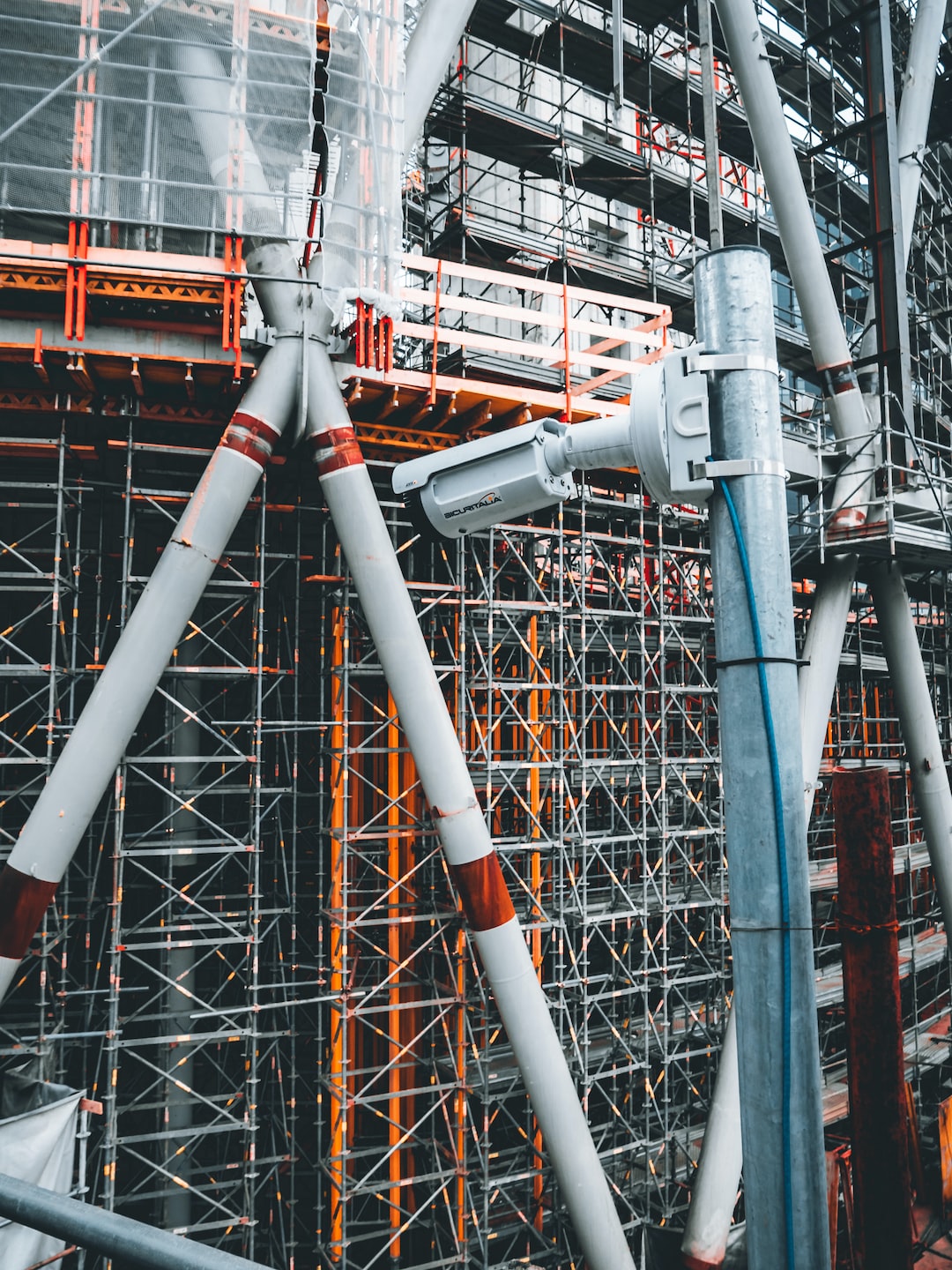From Concept to Reality: The Journey of a Product Design Engineer
Do you ever wonder how everyday products are created? Have you ever marveled at the sleek design of a smartphone or the ergonomic shape of a car seat? Behind every successful product lies the expertise and creativity of a product design engineer. These unsung heroes are skilled in turning concepts and ideas into tangible, market-ready products. In this blog post, we will explore the journey of a product design engineer from concept to reality.
1. Conceptualization:
The first step in the product design process is conceptualization. Product design engineers work closely with clients and stakeholders to understand their requirements and vision for the product. They analyze market trends, conduct research, and gather relevant data to inform the design process. This stage involves brainstorming, sketching, and creating prototypes to visualize the product’s form and functionality.
2. 3D Modeling and Simulation:
Once the concept is finalized, product design engineers employ computer-aided design (CAD) software to create detailed 3D models of the product. This enables them to refine the design, test its viability, and predict its performance. Advanced simulation tools help engineers simulate different usage scenarios, identify potential flaws, and optimize the design. This iterative process ensures that the product meets the desired specifications and function effectively.
3. Material Selection and Manufacturing:
Choosing the right materials is vital to ensure the product’s durability, functionality, and aesthetics. Product design engineers meticulously analyze various materials, considering factors such as strength, weight, cost, and environmental impact. They collaborate with manufacturers to determine the most suitable production techniques and processes. Prototypes are often created using rapid prototyping techniques like 3D printing to assess the design’s feasibility and make necessary adjustments.
4. Testing and Iteration:
Before a product can enter the market, thorough testing is conducted to verify its performance and safety. Product design engineers develop test plans, conduct experiments, and analyze data to identify any potential flaws or areas for improvement. They subject the product to various stress tests, simulate real-world conditions, and assess its resilience. Feedback from testing is used to refine the design and address any issues, iteratively reducing the chances of failure in the hands of consumers.
5. Collaboration with Cross-functional Teams:
Throughout the product design journey, engineers collaborate with a diverse set of professionals. They work closely with industrial designers to ensure the product’s aesthetics align with market trends and user preferences. They also collaborate with mechanical engineers to address technical challenges and optimize functionality. Additionally, product design engineers engage with manufacturing teams to ensure the smooth transition from product design to production.
6. Product Launch and Analysis:
After rigorous testing, fine-tuning, and collaboration, the product is finally ready for launch. Product design engineers oversee the manufacturing, assembly, and quality control processes to ensure that the end result meets the intended design specifications. They monitor customer feedback, sales data, and market response to evaluate the product’s success and identify areas for future improvement. This analysis feeds back into the design process, allowing engineers to continuously enhance their products and stay ahead of the competition.
In conclusion, the journey of a product design engineer from concept to reality is a complex and fulfilling one. Their ability to transform ideas into tangible products requires a unique blend of technical knowledge, creativity, and problem-solving skills. Product design engineering is an integral part of the product development cycle, and the incredible work of these professionals shapes the world around us. So, the next time you admire a thoughtfully designed product, remember that a product design engineer played a crucial role in bringing it to life.

